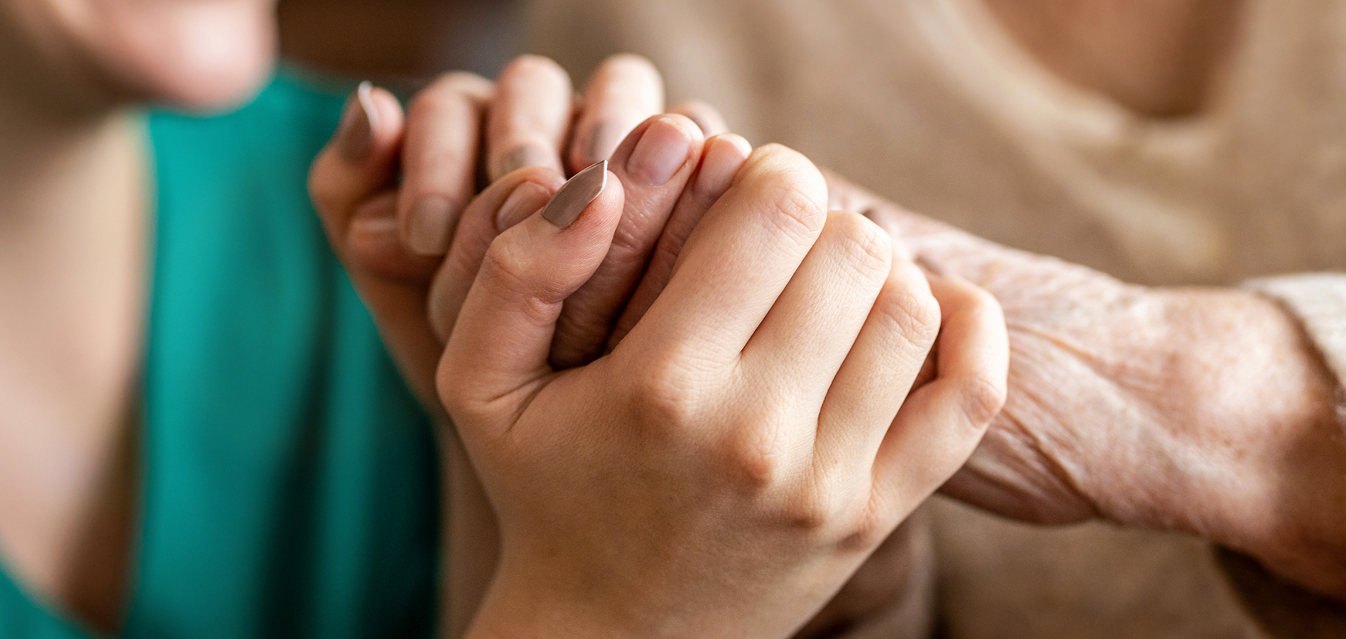
THE RIGHT TO DIE IN AUSTRALIA
Five things you need to know
There is no nationwide “right to die” in Australia, however, some states have passed laws that legalise ‘voluntary assisted dying’ (VAD) for people who meet the eligibility criteria.
1. What is voluntary assisted dying?
Voluntary assisted dying is when a health practitioner assists a person in ending their own life. This includes self-administration, where the person takes the VAD medication themselves, and practitioner administration, where the person is given the medication by a health practitioner. The practice is voluntary’ meaning it is the person’s own choice and they must have decision-making capacity.
2. Jurisdiction
In Australia, laws regarding euthanasia are matters for the state. Five states have passed laws that permit voluntary assisted dying for eligible individuals. The scheme is already in effect in Victoria and Western Australia. It is expected to come into effect in Tasmania in October 2022 and in Queensland and South Australia in early 2023. NSW is the only state that has not yet legalised voluntary assisted dying. It is illegal in all territories of Australia under federal law and in NSW under the Crimes Act 1900 (NSW).
3. Eligibility criteria
Voluntary assisted dying is currently only available in Victoria and Western Australia with Tasmania, South Australia and Queensland expected to follow within the next 12 months. To access VAD, a person must meet all of the eligibility criteria outlined in the relevant state legislation. These differ according to each state however they all require that the person:
- Is aged 18 years or over.
- Is an Australian citizen or permanent resident, who has been a resident in the state for at least 12 months before making an application for VAD.
- Has decision-making capacity.
- Is acting voluntarily and without coercion.
- Has a disease, illness or medical condition that is advanced and will cause death within six months or 12 months for a neurodegenerative condition.
- Is experiencing intolerable suffering.
NB. Mental illness and disability are not grounds for accessing VAD.
4. What are the main arguments for VAD?
One of the main arguments in favour of voluntary euthanasia is that humans should be able to decide when and how they die. Many argue that voluntary assisted dying enables a person to die with dignity and control over their situation. Another argument is that friends and family would be spared seeing their loved ones in pain over a drawn-out period. Society permits animals to be put down as an act of kindness, shouldn’t humans be offered the same treatment?
5. What are the main arguments against VAD?
Aside from religion, a key argument against voluntary euthanasia is that alternative treatments such as palliative care and hospices can be used to relieve pain. Another argument is that it is a slippery slope that may lead to involuntary euthanasia. It might also discourage the search for new cures and treatments for the terminally ill. Additionally, people may feel pressured to request euthanasia so as not to be a burden on their loved ones.
